Authorities and Public Institutions
Different authorities and public institutions provide services to the public. The public is already accustomed to a developed service concept, expecting a replication of the services provided by companies in commercial industries. Being used to high quality service, the public expects a high value offer whenever requiring services from public authorities. Due to increased complexity of expectations from products and services in the business sector, the expectation for excellent services in the public sector rises comparatively.
Authorities and Public Institutions
Different authorities and public institutions provide services to the public. The public is already accustomed to a developed service concept, expecting a replication of the services provided by companies in commercial industries. Being used to high quality service, the public expects a high value offer whenever requiring services from public authorities. Due to increased complexity of expectations from products and services in the business sector, the expectation for excellent services in the public sector rises comparatively.
Key Challenges in Public Institutions
Traditional structures of public institutions and authorities focus on operations and are not adapted to the customer management concept
Senior talent with deeply rooted habits and work methods that are unsuitable for the 21st Century
Adapting processes and methods for new customer and service-focused operational perceptions
Examine structures and processes: gap analysis of customer expectations and existing services. Define the term “customer”, formulate the desired concept for customer relationship management, establish and engage an internal team to implement the process.
Lead a change concept process among officials.
Talent training for renewed understanding of role focuses, implementation of critical skills and provision of multi-channel tools.
Provide training for the administrative level to handle customer interfaces and lead teams according to new principles, and provide capabilities for change management, mentoring and improved performance.
Create new communication methods between an organization and its customers: initiate contact with customers and involve them in processes, such as a temporary overload or malfunction.
Define a set of leading values and/or SLA: formulate a new common language for the organization and its customers.
Solutions
Key Challenges in Public Institutions
Traditional structures of public institutions and authorities focus on operations and are not adapted to the customer management concept
Senior talent with deeply rooted habits and work methods that are unsuitable for the 21st Century
Adapting processes and methods for new customer and service-focused operational perceptions
Solutions
Examine structures and processes: gap analysis of customer expectations and existing services. Define the term “customer”, formulate the desired concept for customer relationship management, establish and engage an internal team to implement the process.
Lead a change concept process among officials.
Talent training for renewed understanding of role focuses, implementation of critical skills and provision of multi-channel tools.
Provide training for the administrative level to handle customer interfaces and lead teams according to new principles, and provide capabilities for change management, mentoring and improved performance.
Create new communication methods between an organization and its customers: initiate contact with customers and involve them in processes, such as a temporary overload or malfunction.
Define a set of leading values and/or SLA: formulate a new common language for the organization and its customers.
Industries

Public sector
Automotive

Health

Finance










